Plus que avant une r�duction.
Your basket is currently empty !

From the Mayans to the Aztecs, from the Spanish Court to Versailles, the history of vanilla has left its mark on humanity for thousands of years. How did this spice, which fascinates us so, find its way into our perfumes? Grown today in Indonesia, Madagascar, Mexico, the Comoros, Tahiti and China, its rapid expansion does not undermine its cultivation, which has always required long-term work and results in exalted, subtle aromas known throughout the world.
Vanilla is mentioned for the first time in the records of the ruler Itzcoatl (1427-1440), the fourth emperor of the Aztecs. It was called “tlilxot chitl” in the Aztec language, meaning “black”. The vanilla pods were already gathered from the climbing vanilla vines belonging to the orchid family. Once they fell to the ground upon fully ripening, they would ferment under a layer of humus, releasing exquisite aromas. The Aztecs then kept the secret of its preparation so the spice would keep its aroma. They used it for centuries to prepare cocoa drinks in order to soften the bitterness of the chocolate.
In 1519, the Spanish conquistador Hernán Cortès took the first step into the Aztec Empire on behalf of Charles Quint, ruler of Spain. Most likely the Aztec Emperor Montezuma would have offered him this famous vanilla chocolate beverage. Over the course of the following decades, Mexico was the centre of vanilla cultivation. All attempts to cultivate it outside its natural habitat failed. The reason? Only a species of bees specific to Mexico play a vital pollination role in the formation of the vine’s fruit. When he returned to Spain in 1521, Cortès brought the discovery of this black pod to Charles Quint. In 1664, it arrived in the Court of France for the first time. Louis XIV was seduced by its aroma and ordered vanilla plants to be grown on Réunion Island, the name given by the first French colonists in homage to the royal family. This attempt failed as the pollination technique of this magnificent orchid known as vanilla remained a mystery. But in 1841, on Réunion Island, a miracle took place…
In 1841, a twelve-year-old Bourbon slave on Réunion Island named Edmond Albius succeeded on his own in finding a way to substitute the Melipona bee. His method was so simple that it is still used today: Each flower needs to be pollinated one by one by hand! I’ve noticed (…) on the only vanilla vine that I had then, a knotted-up pod. That surprised me and I showed it to him. He told me that he was the one who pollinated the flower”, the wealthy botanist Ferréol Bellier said in 1861 upon seeing the miraculous discovery of his slave Edmond Albius. Making their way to indulgent stops along the spice route, merchants and adventurers passed through countrysides teeming with vanilla and brought the golden black pod back to Europe, creating great wealth for some and ruin for others. Vanilla aroused appetites and unleashed passions: chocolate makers, perfumers, pharmacists, cooks, they all vied to obtain the long, high-quality “black fruit” with its sheen and soft texture. It must be said that this was THE most revered vanilla. Also the most widely used in the world, it is oily black vanilla, adaptable to delicate, floral perfumes, promoting strong, warm notes of cocoa.
Through its unique know-how as a perfumer-inventor, Les Senteurs Gourmandes revisits and creates new sensory horizons with elegant delicacy. To define the contours of its fragrant creations, the artisanal brand constructed its history around one intoxicating spice, as precious as gold: vanilla. You, me, we all live vanilla. Les Senteurs Gourmandes makes the most emblematic concoction in its facilities with the epicurean name of “vanilla” fragrances. A collection that includes tawny and amber colours of four varieties of vanilla with exotic gastronomic accents.
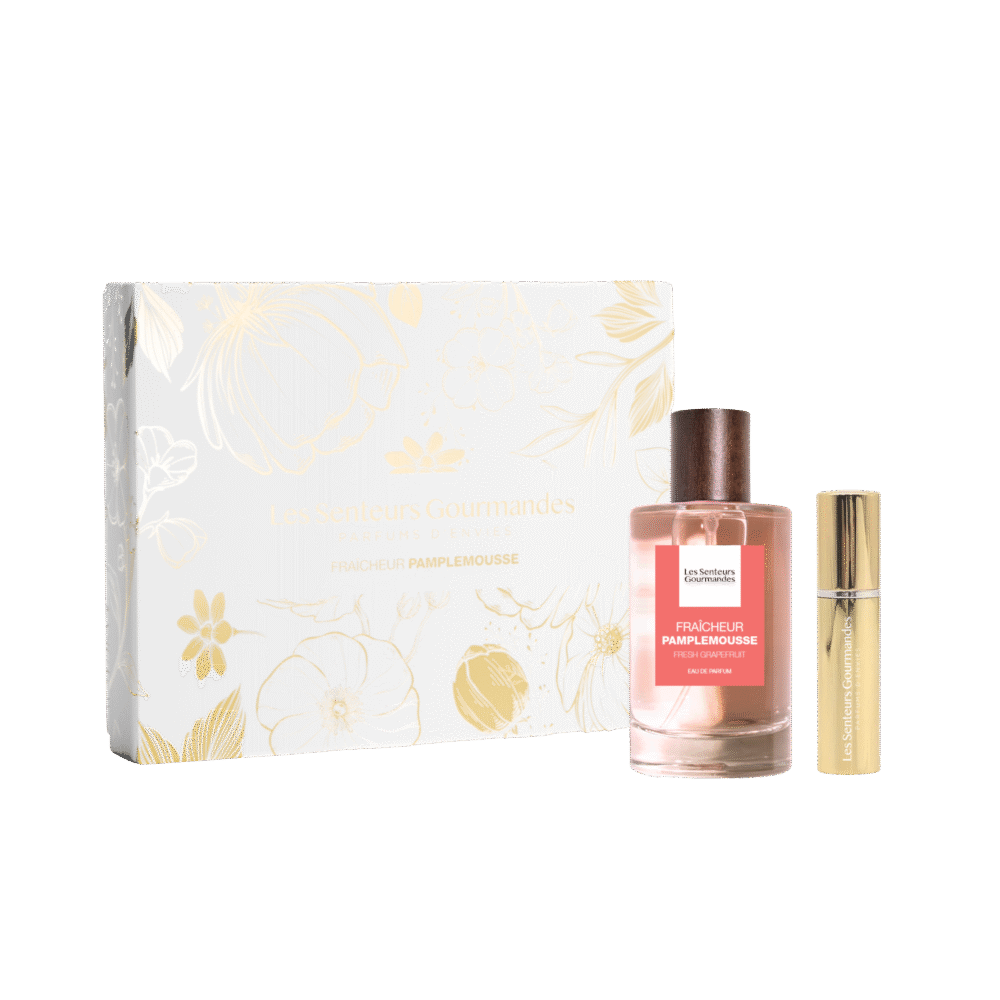
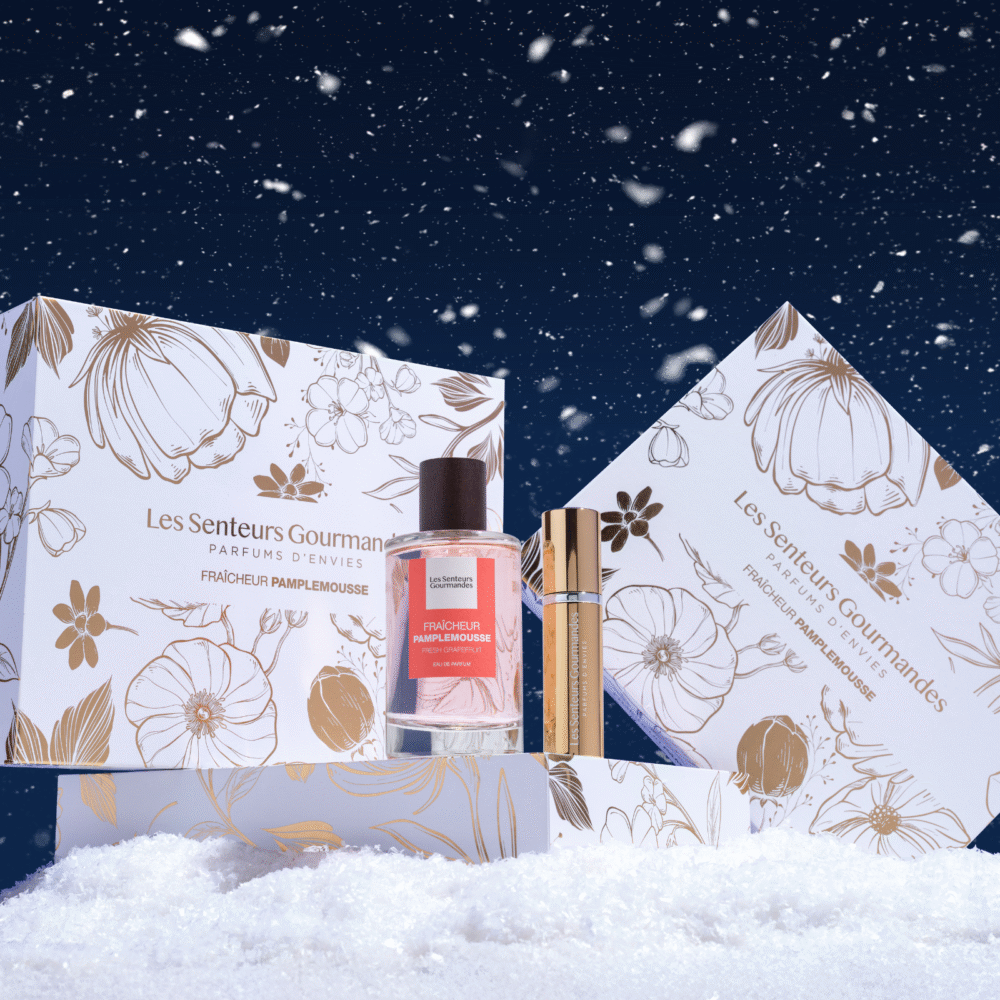
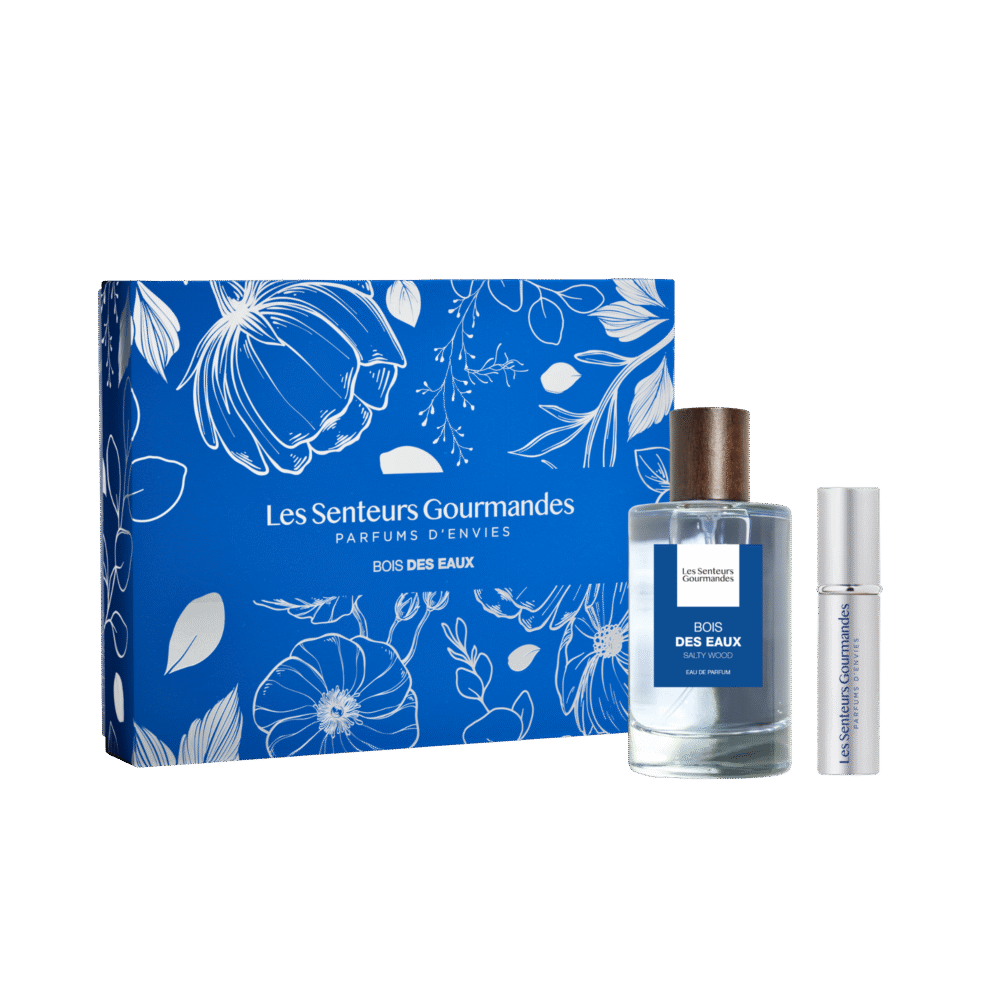
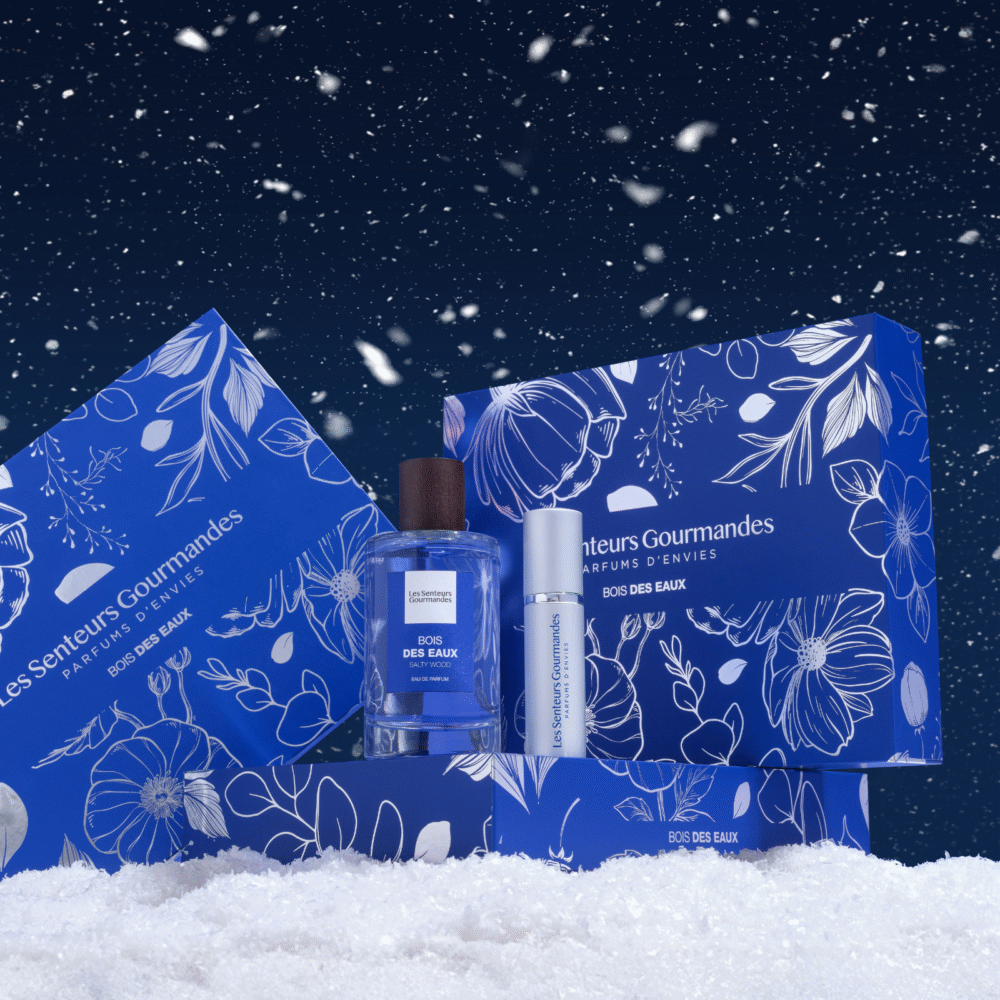

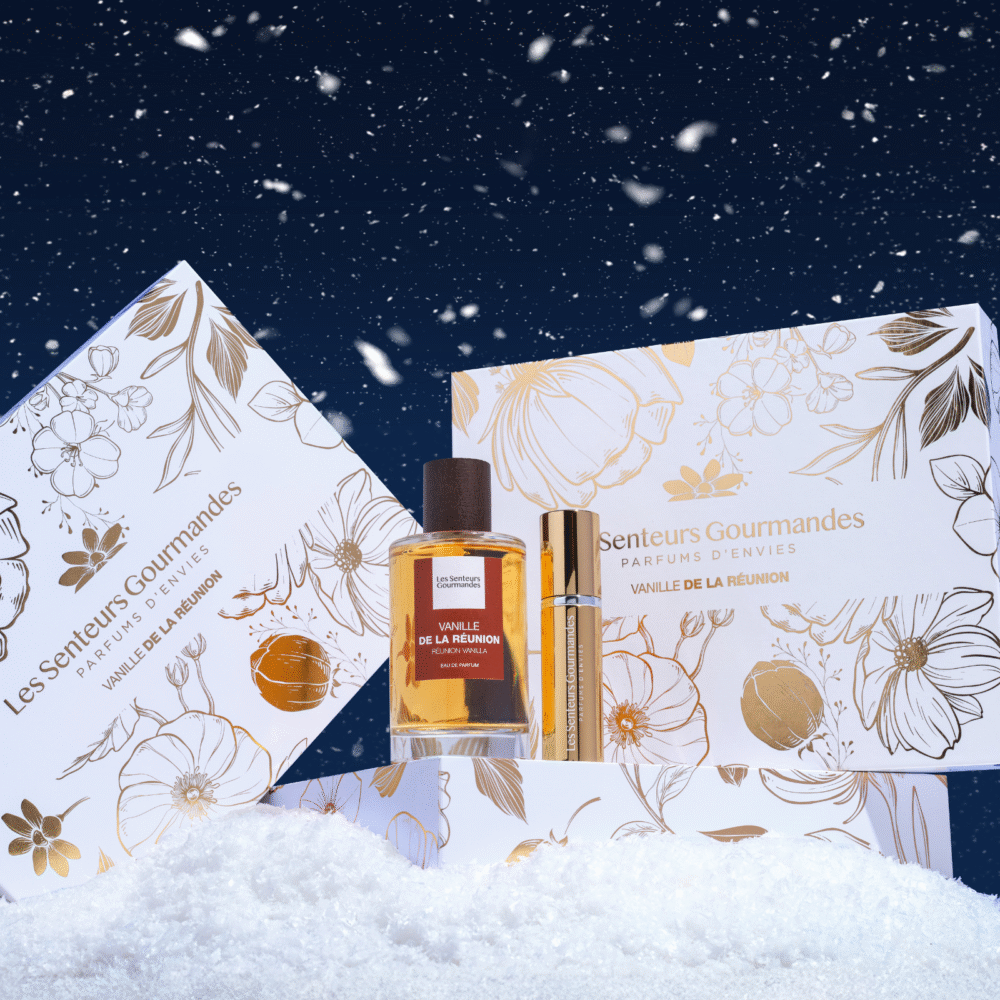
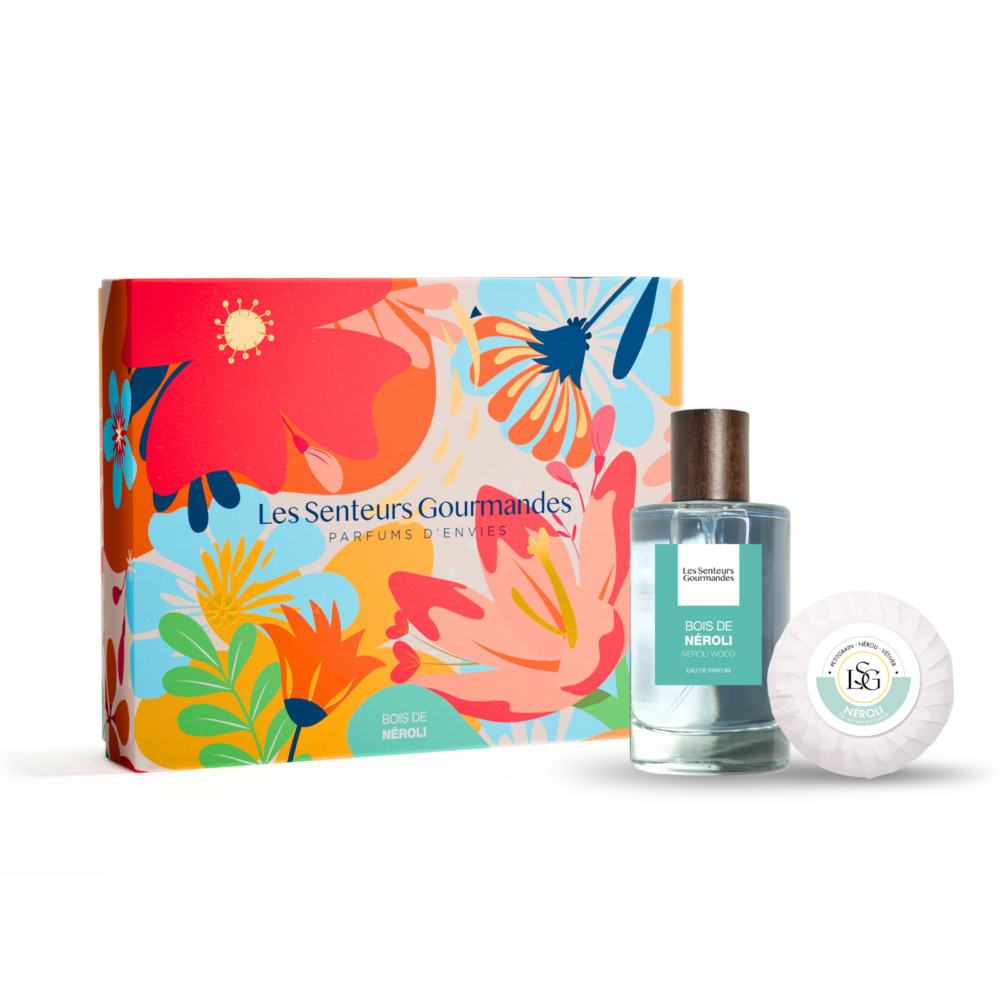
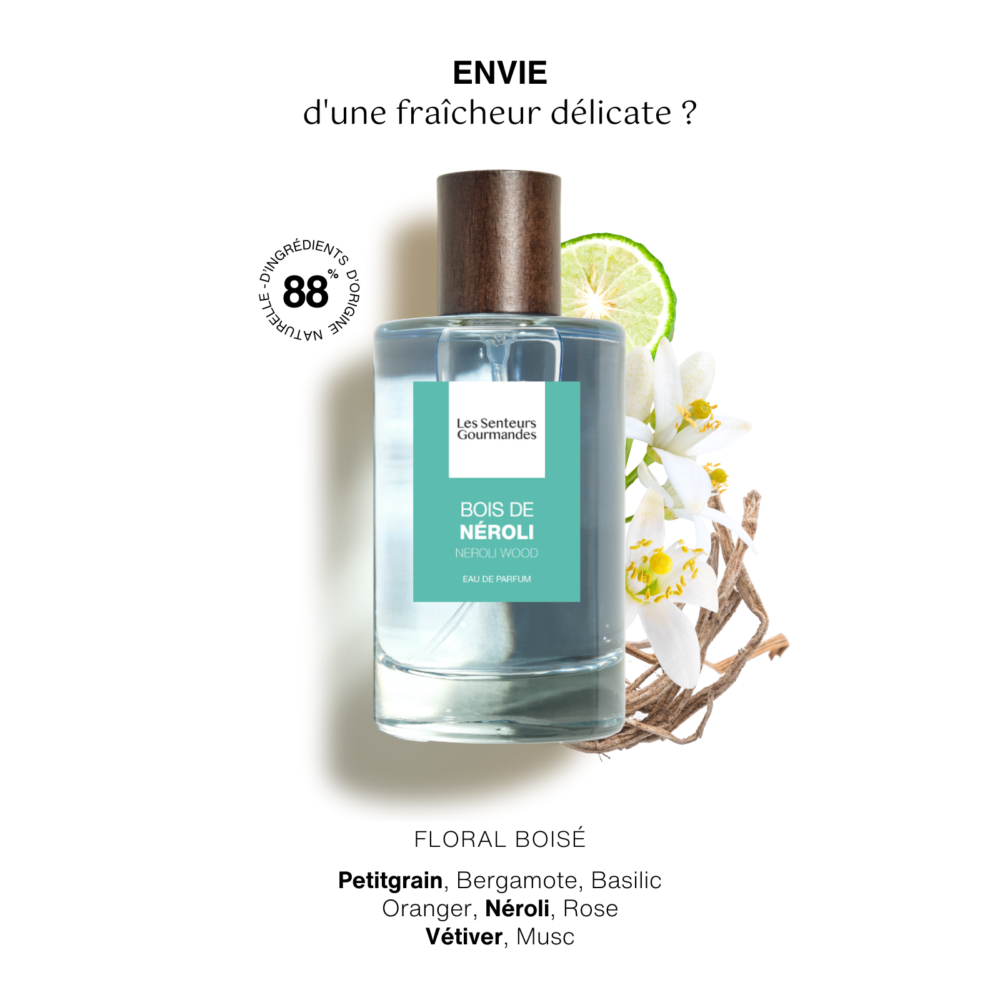
Découvrez nos 3 éditions exclusives : Vanille de la Réunion, Bois des Eaux et Fraîcheur Pamplemousse. Des senteurs d’exception pour célébrer les fêtes avec élégance.